Home>Storage & Organization>Kitchen Organizing Tools>Why Is My Cat Going To The Litter Box So Much
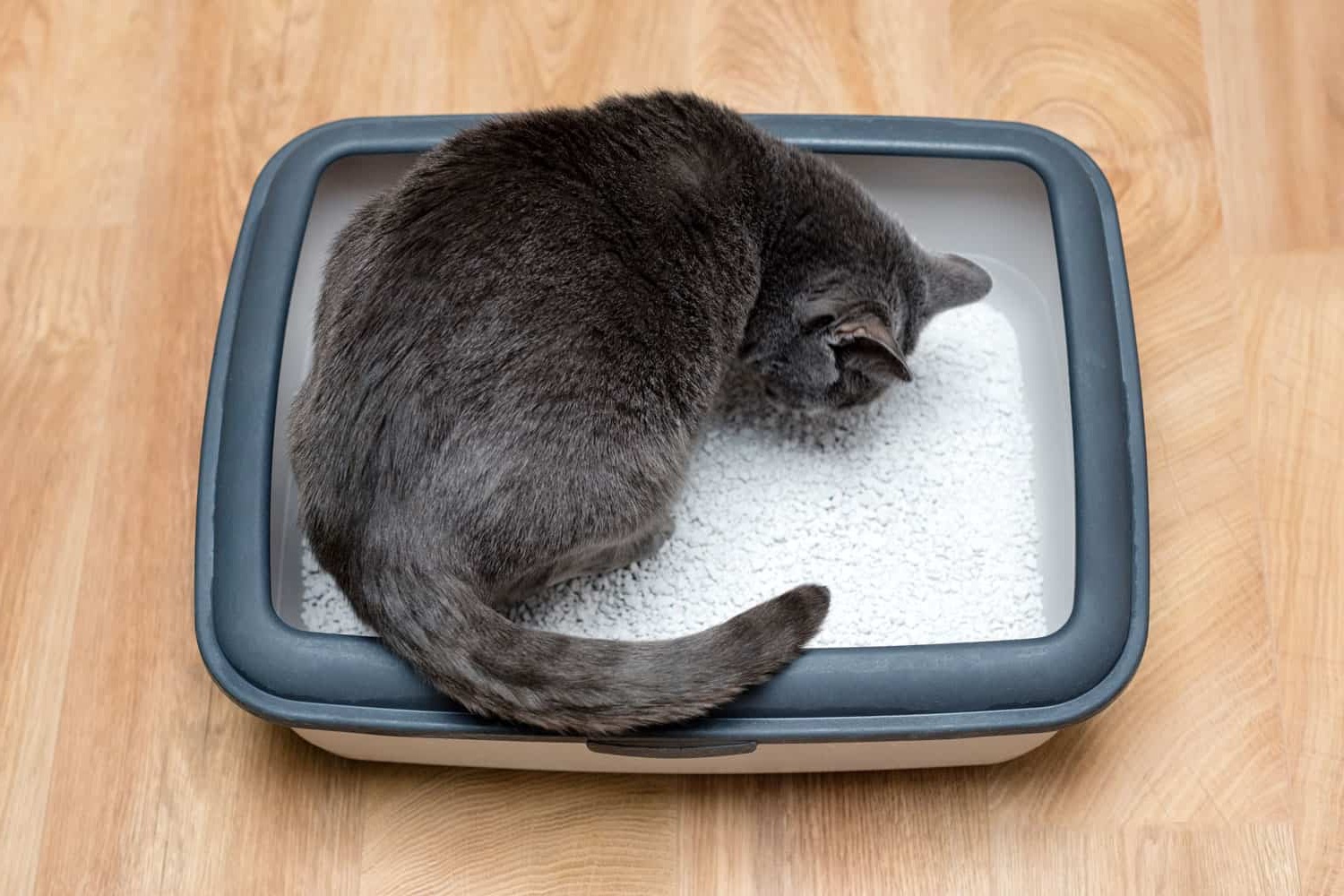

Kitchen Organizing Tools
Why Is My Cat Going To The Litter Box So Much
Modified: March 2, 2024
Discover the best kitchen organizing tools to streamline your space and make cooking a breeze. Find practical solutions for a clutter-free kitchen.
(Many of the links in this article redirect to a specific reviewed product. Your purchase of these products through affiliate links helps to generate commission for Storables.com, at no extra cost. Learn more)
Possible Health Issues
When your feline friend starts making frequent visits to the litter box, it could be a sign of an underlying health issue. Cats are notorious for masking their discomfort, so it's crucial to pay attention to any changes in their bathroom habits. Here are some potential health concerns that may be causing your cat to spend more time in the litter box:
-
Urinary Tract Infections (UTIs): Just like humans, cats can also suffer from UTIs. These infections can cause discomfort and a frequent urge to urinate. Keep an eye out for any signs of pain or straining during urination, as well as blood in the urine. If you notice any of these symptoms, it's essential to seek veterinary care promptly.
-
Bladder Stones: These are small, rock-like formations that can develop in the bladder. When a cat has bladder stones, they may experience increased urgency to urinate and may even show signs of pain. In severe cases, the stones can obstruct the flow of urine, leading to a life-threatening situation.
-
Diabetes: Cats can also develop diabetes, which can lead to increased thirst and urination. If your cat is drinking more water and consequently urinating more frequently, it's crucial to have them evaluated for diabetes by a veterinarian.
-
Kidney Disease: Chronic kidney disease is a common condition in older cats. As the kidneys lose function, they may not be able to concentrate urine as effectively, leading to increased urine production and more frequent trips to the litter box.
-
Hyperthyroidism: This condition occurs when the thyroid gland produces an excess of thyroid hormone. Cats with hyperthyroidism may exhibit increased urination and may struggle to maintain their litter box habits.
-
Inflammatory Bowel Disease (IBD): While IBD primarily affects the digestive system, it can also lead to changes in litter box behavior. Cats with IBD may experience diarrhea or constipation, both of which can prompt more frequent visits to the litter box.
-
Feline Lower Urinary Tract Disease (FLUTD): This is a broad term that encompasses various conditions affecting the bladder and urethra. Cats with FLUTD may display symptoms such as straining to urinate, vocalizing while in the litter box, and producing only small amounts of urine.
When it comes to your cat's health, it's always better to be safe than sorry. If you notice any changes in your cat's litter box habits, especially if they are making more frequent trips or showing signs of discomfort, consulting with a veterinarian is the best course of action. Early detection and intervention can make a significant difference in your cat's well-being.
Key Takeaways:
- Watch out for changes in your cat’s litter box habits, as frequent visits could signal health issues like UTIs, bladder stones, diabetes, and more. Early vet intervention is crucial for your cat’s well-being.
- Be mindful of how diet changes and environmental factors can affect your cat’s litter box behavior. Understanding stress, aging, and physical limitations can help you support your feline friend’s bathroom habits.
Read more: Why Does My Cat’s Litter Box Smell So Bad
Changes in Diet
Changes in a cat's diet can have a significant impact on their bathroom habits. Whether it's a switch to a new brand of food, a different formulation, or an alteration in feeding schedule, these adjustments can lead to increased visits to the litter box. Here are some key factors to consider when evaluating the effects of dietary changes on your cat's litter box behavior:
-
Transitioning to a New Diet: When introducing a new type of food, it's common for cats to experience digestive adjustments. This transition period can result in temporary changes in stool consistency and frequency of bowel movements. Similarly, a sudden change in diet can lead to increased or altered urination patterns as the cat's body adapts to the new food.
-
Dietary Allergies or Intolerances: Cats, like humans, can develop sensitivities to certain ingredients in their food. If a cat is allergic or intolerant to a specific component in their diet, it can manifest in gastrointestinal disturbances, including more frequent trips to the litter box. Keep an eye out for any signs of digestive discomfort, such as diarrhea or constipation, which may indicate an adverse reaction to a particular food.
-
Increased Water Intake: Some dietary changes, such as transitioning to wet food or adding water to dry kibble, can lead to an increase in a cat's overall water consumption. As a result, the cat may need to urinate more frequently. While increased water intake is generally beneficial for a cat's hydration and urinary health, it can also lead to more frequent litter box visits.
-
High-Fiber Diets: Diets rich in fiber can have a laxative effect, promoting more frequent bowel movements. If your cat's new diet contains a higher fiber content than their previous food, it's natural for them to spend more time in the litter box. However, if the increase in bowel movements is excessive or accompanied by other concerning symptoms, it's essential to consult with a veterinarian to rule out any underlying issues.
-
Feeding Schedule Changes: Alterations in feeding times or meal frequency can impact a cat's bathroom routine. For instance, if a cat's feeding schedule is adjusted, it may lead to changes in the timing of bowel movements or urination. Additionally, irregular feeding patterns can disrupt the cat's digestive rhythm, potentially resulting in more frequent litter box visits.
Understanding the potential effects of dietary changes on a cat's bathroom behavior is crucial for pet owners. While it's normal for cats to experience an adjustment period when transitioning to a new diet, persistent or concerning changes in litter box habits should prompt further evaluation by a veterinarian to ensure the cat's overall well-being.
Stress and Anxiety
Cats are sensitive creatures, and changes in their environment or routine can trigger stress and anxiety, leading to alterations in their litter box behavior. It's essential for cat owners to recognize the potential impact of stress and anxiety on their feline companions' bathroom habits. Here's a detailed exploration of how stress and anxiety can manifest in a cat's litter box behavior:
Environmental Changes:
Cats thrive on stability and familiarity, so any significant changes in their environment can induce stress. This includes moving to a new home, rearranging furniture, or introducing new pets into the household. Such disruptions can unsettle a cat's sense of security, leading to heightened anxiety and potential litter box issues. Cats may seek refuge in the litter box area as a response to feeling vulnerable or threatened by unfamiliar surroundings.
Litter Box Aversion:
Stress and anxiety can cause a cat to develop aversions to their litter box. Negative associations, such as a previous unpleasant experience in the litter box or the presence of a dominant pet near the litter area, can lead to avoidance behavior. Cats may resist using the litter box altogether or exhibit signs of distress when approaching it. This aversion can result in increased accidents outside the litter box, signaling the cat's emotional turmoil.
Read more: Why Does My Cat Keep Going In The Litter Box
Territory Conflicts:
In multi-cat households, territorial disputes can arise, triggering stress and anxiety in one or more feline occupants. Competition for resources, including access to litter boxes, can create tension and insecurity among the cats. As a result, a stressed cat may exhibit changes in their litter box routine, such as avoiding shared litter boxes or displaying signs of urgency or anxiety while using them.
Behavioral Changes:
Stress and anxiety can manifest in various behavioral changes, including altered litter box habits. Cats may engage in excessive grooming, vocalization, or withdrawal as a response to stressors. These behavioral shifts can extend to the litter box, where a stressed cat may spend more time than usual, exhibit signs of restlessness, or display irregular elimination patterns.
Mitigating Stress:
To address stress-related litter box issues, it's crucial to create a calming and secure environment for the cat. Providing ample hiding spots, vertical territory, and individual resources, including multiple litter boxes in different locations, can help alleviate territorial tensions. Additionally, engaging in interactive play, offering enrichment activities, and maintaining a consistent routine can contribute to reducing stress and promoting positive litter box behavior.
Understanding the intricate relationship between stress, anxiety, and litter box behavior is pivotal for cat owners. By recognizing the signs of stress and implementing strategies to mitigate anxiety, pet parents can support their feline companions in maintaining healthy litter box habits and overall well-being.
Environmental Factors
Cats are highly attuned to their surroundings, and any alterations in their environment can significantly impact their well-being and behavior, including their litter box habits. Understanding the influence of environmental factors on a cat's litter box behavior is essential for providing optimal care and addressing potential issues.
Environmental changes, such as moving to a new home, rearranging furniture, or introducing new pets into the household, can induce stress and anxiety in cats. These disruptions unsettle a cat's sense of security, leading to heightened anxiety and potential litter box issues. Cats may seek refuge in the litter box area as a response to feeling vulnerable or threatened by unfamiliar surroundings.
Additionally, changes in the physical layout of the litter box area, such as the introduction of a covered litter box, a different type of litter, or a new location for the litter box, can also impact a cat's litter box behavior. Cats may exhibit aversion to the altered setup, leading to avoidance behavior or increased stress when using the litter box.
In multi-cat households, territorial disputes can trigger stress and anxiety in one or more feline occupants. Competition for resources, including access to litter boxes, can create tension and insecurity among the cats. As a result, a stressed cat may exhibit changes in their litter box routine, such as avoiding shared litter boxes or displaying signs of urgency or anxiety while using them.
Moreover, the presence of dominant pets or perceived threats in the vicinity of the litter box can cause stress and anxiety in cats, affecting their willingness to use the litter box comfortably. Negative associations, such as a previous unpleasant experience in the litter box, can also contribute to environmental stressors that impact a cat's litter box behavior.
To mitigate the impact of environmental factors on a cat's litter box behavior, creating a calming and secure environment is crucial. Providing ample hiding spots, vertical territory, and individual resources, including multiple litter boxes in different locations, can help alleviate territorial tensions and reduce stress-related litter box issues. Additionally, maintaining a consistent routine and minimizing disruptive changes in the environment can contribute to promoting positive litter box behavior in cats.
Understanding the intricate relationship between environmental factors and a cat's litter box behavior is pivotal for cat owners. By recognizing the signs of stress and anxiety induced by environmental changes and implementing strategies to mitigate these factors, pet parents can support their feline companions in maintaining healthy litter box habits and overall well-being.
Read more: Why My Cat Plays In The Litter Box
Age and Senior Cats
As cats age, they undergo various physiological and behavioral changes that can impact their litter box habits. Understanding the unique considerations associated with senior cats is crucial for providing tailored care and addressing age-related factors that may influence their bathroom behavior.
Physical Limitations: Senior cats may experience age-related physical limitations, such as arthritis or reduced mobility, which can affect their ability to access the litter box comfortably. Difficulty navigating high-sided litter boxes or climbing stairs to reach the litter area can lead to decreased frequency of litter box use or accidents outside the designated area. Additionally, older cats may require litter boxes with lower entry points and easy-to-reach locations to accommodate their changing mobility needs.
Urinary Health Concerns: Aging cats are more susceptible to urinary tract issues, such as kidney disease, bladder infections, or incontinence. These conditions can result in increased urgency to urinate, frequent accidents, or the development of aversions to the litter box due to associating it with discomfort. Monitoring senior cats for signs of urinary problems, including changes in urine volume, color, or odor, is essential for early detection and intervention.
Cognitive Changes: Cognitive dysfunction, often referred to as feline cognitive dysfunction syndrome (CDS), is a common occurrence in senior cats. Cats with CDS may exhibit disorientation, confusion, or lapses in litter box training. They may forget the location of the litter box or experience difficulty in recognizing the need to eliminate, leading to irregular or increased visits to the litter box. Providing easily accessible and strategically placed litter boxes can help accommodate the cognitive changes in senior cats.
Environmental Adaptations: Creating an age-friendly environment for senior cats is vital for supporting their litter box habits. This includes ensuring easy access to litter boxes on each floor of the home, using low-entry litter boxes, and providing ample space for maneuvering around the litter area. Additionally, maintaining a consistent routine and minimizing environmental stressors can contribute to promoting positive litter box behavior in senior cats.
Veterinary Monitoring: Regular veterinary check-ups and proactive monitoring of senior cats' urinary health and overall well-being are essential. Diagnostic tests, such as urinalysis and blood work, can aid in identifying age-related conditions that may impact a cat's litter box habits. Early detection and management of age-related health issues can help maintain the senior cat's comfort and quality of life.
Understanding the impact of aging on a cat's litter box behavior is pivotal for cat owners. By recognizing the unique needs of senior cats and implementing age-appropriate accommodations, pet parents can support their aging feline companions in maintaining healthy litter box habits and overall well-being.
Frequently Asked Questions about Why Is My Cat Going To The Litter Box So Much
Was this page helpful?
At Storables.com, we guarantee accurate and reliable information. Our content, validated by Expert Board Contributors, is crafted following stringent Editorial Policies. We're committed to providing you with well-researched, expert-backed insights for all your informational needs.
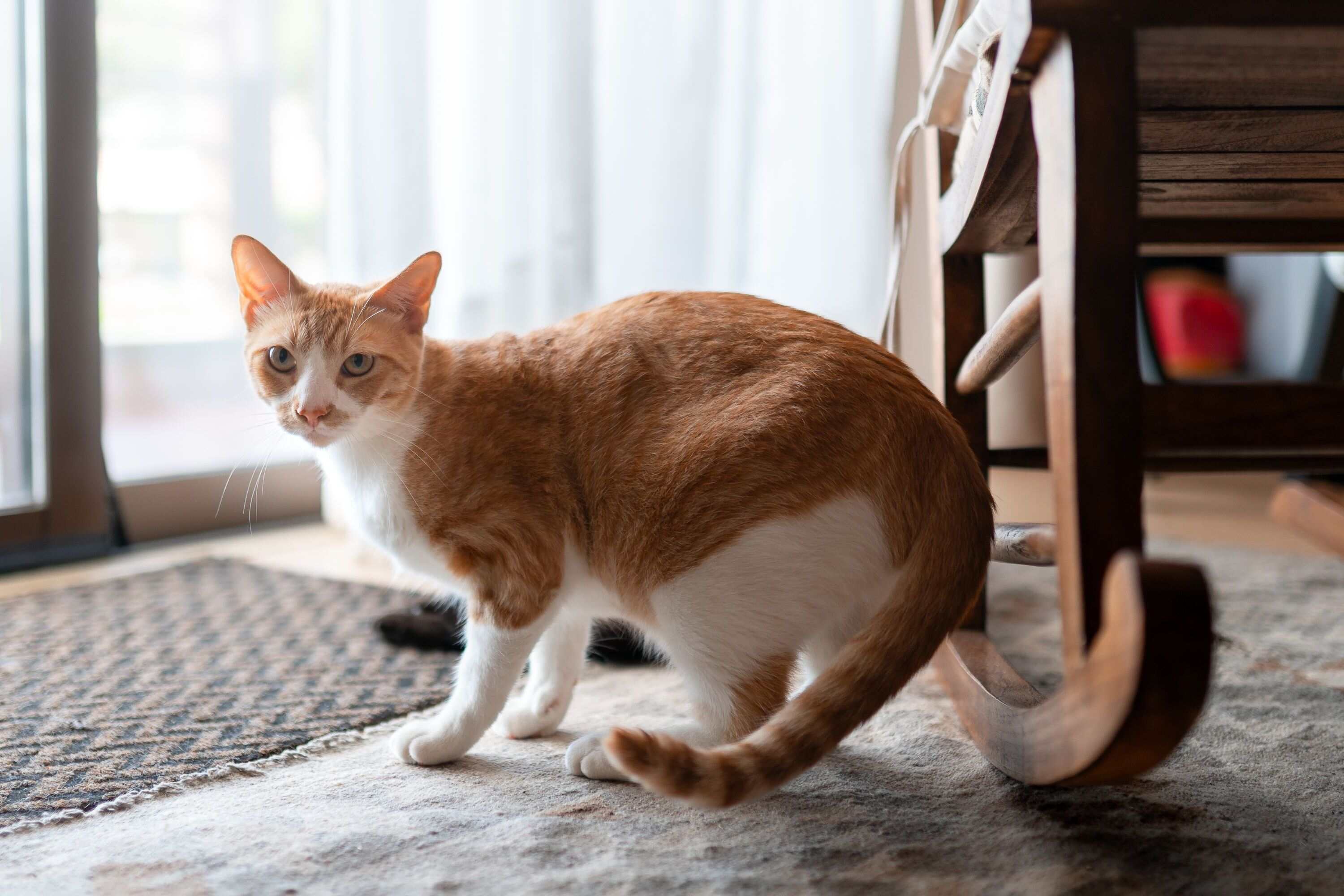
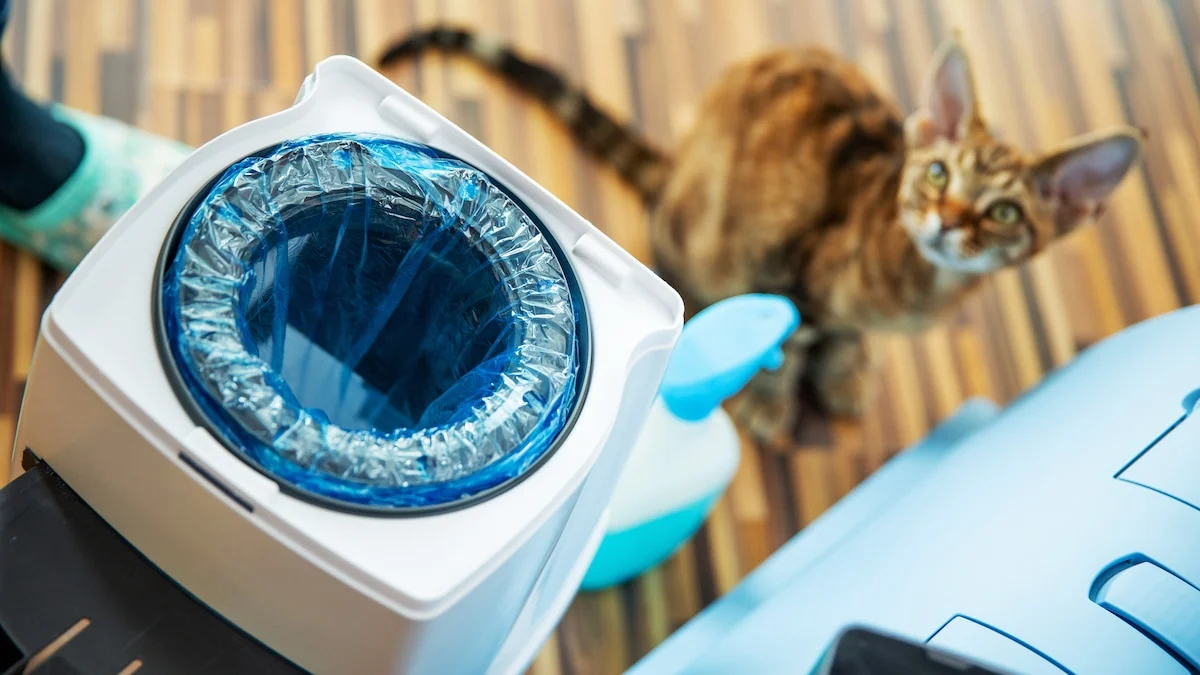
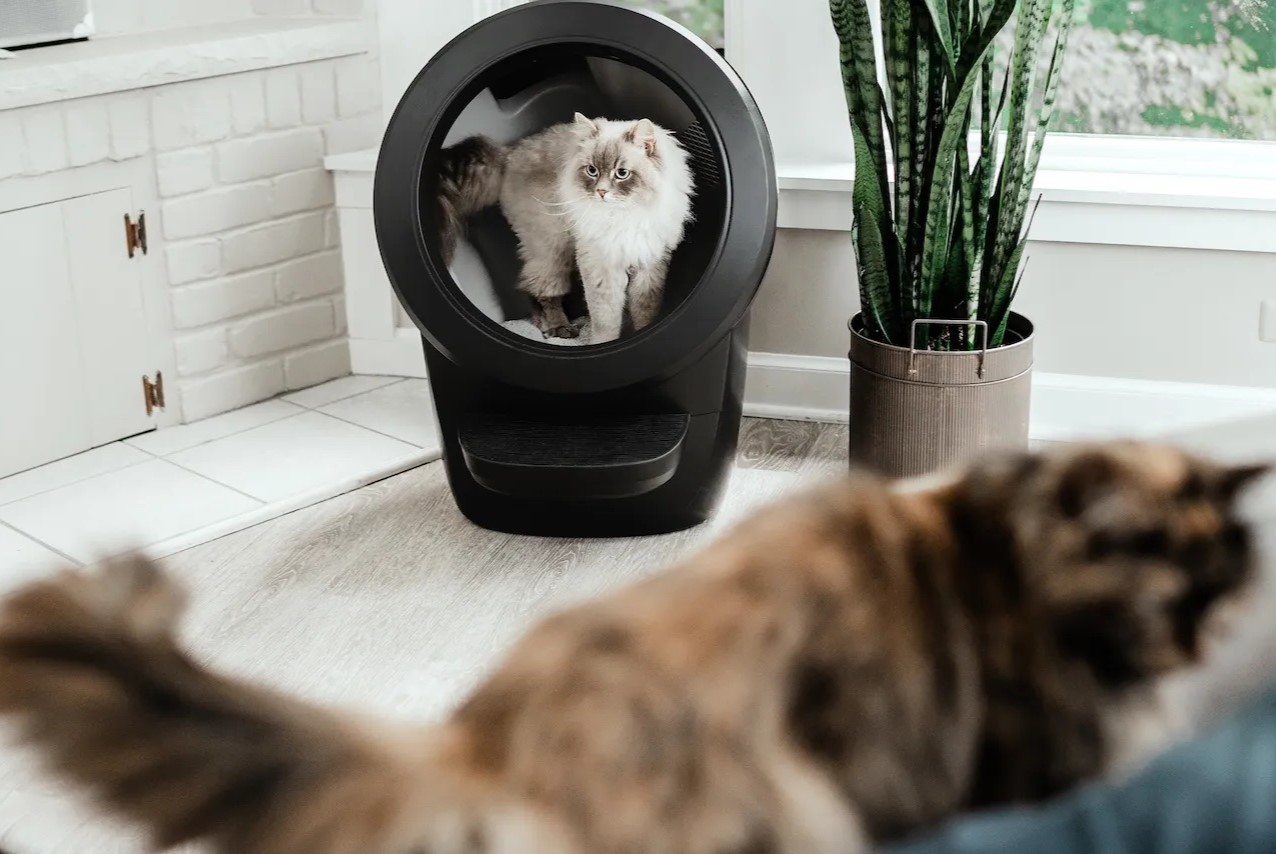
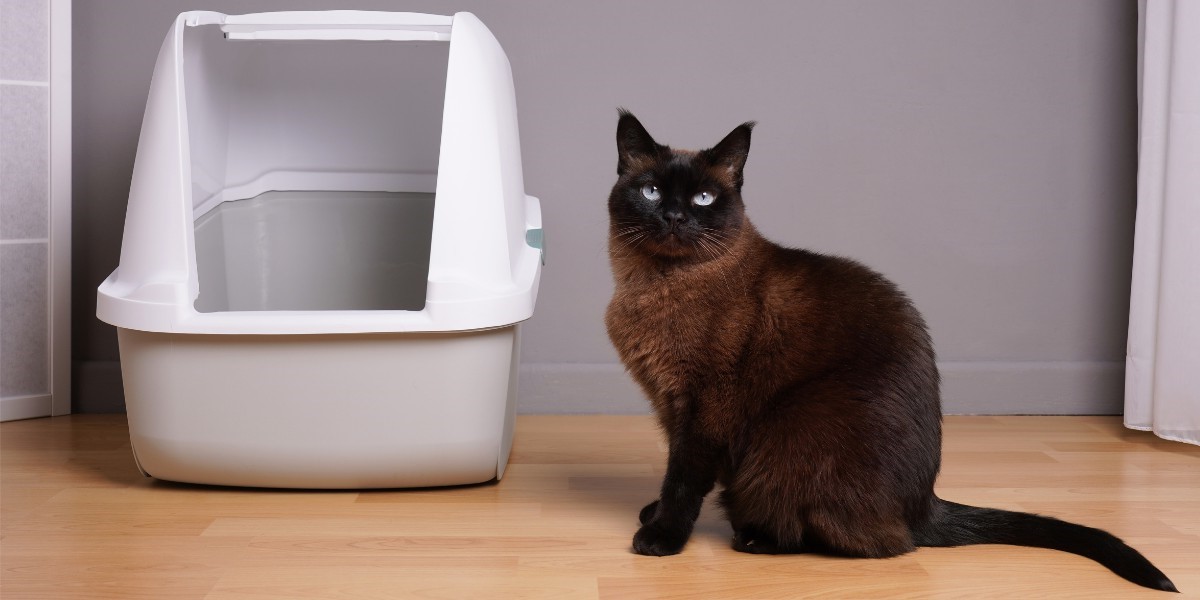
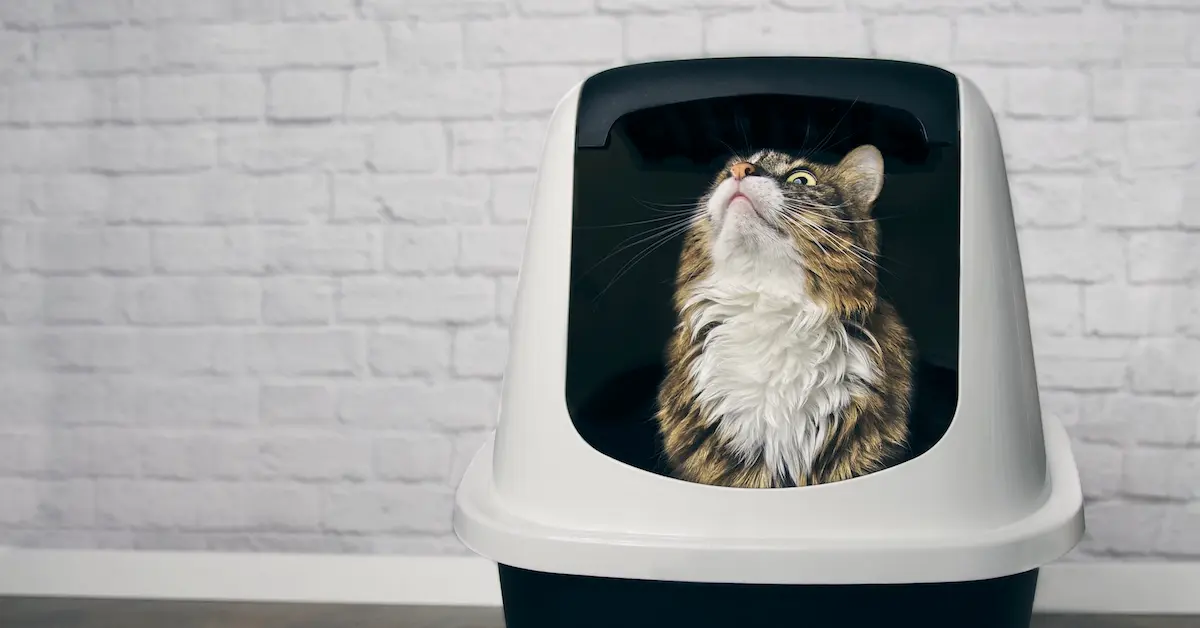
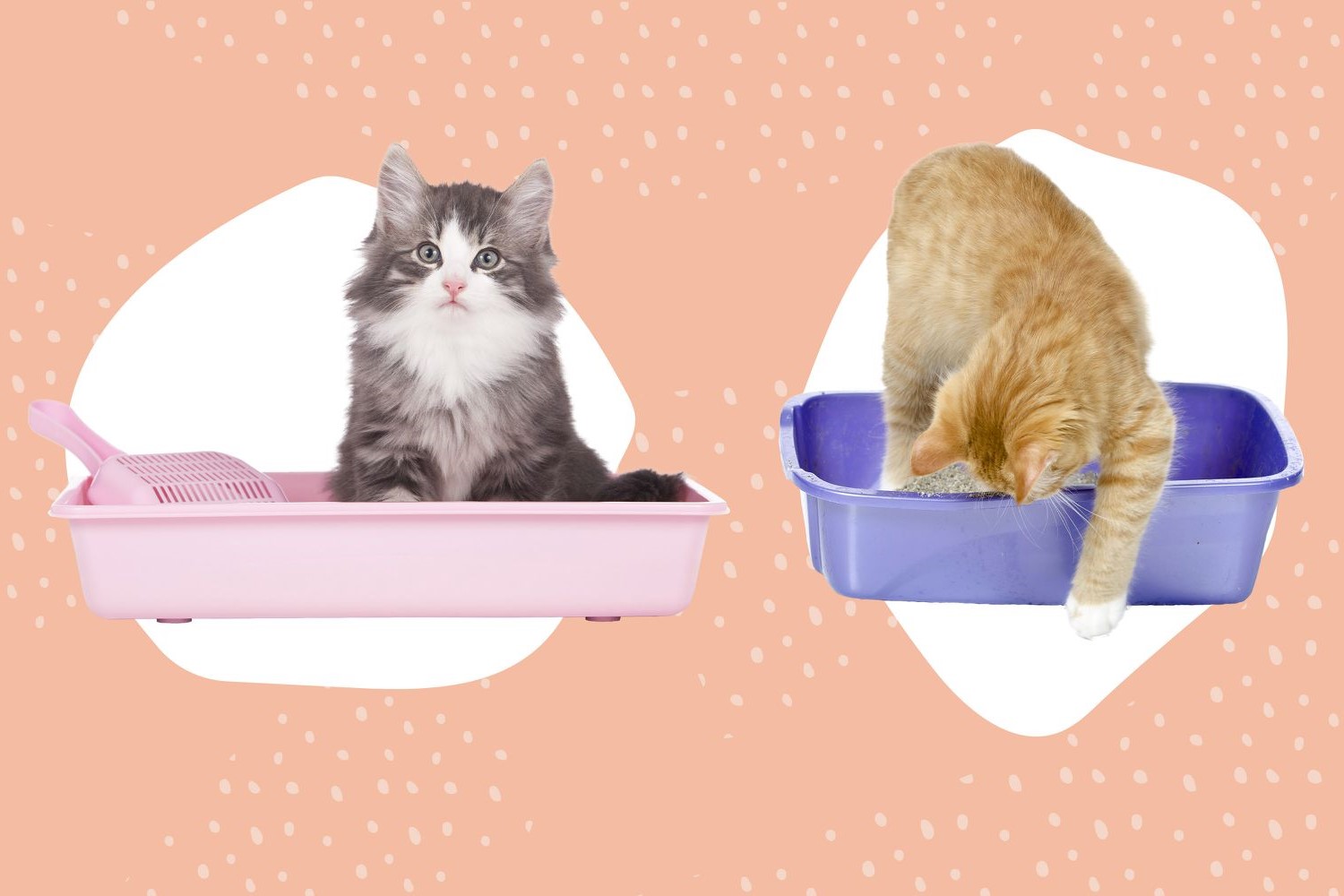
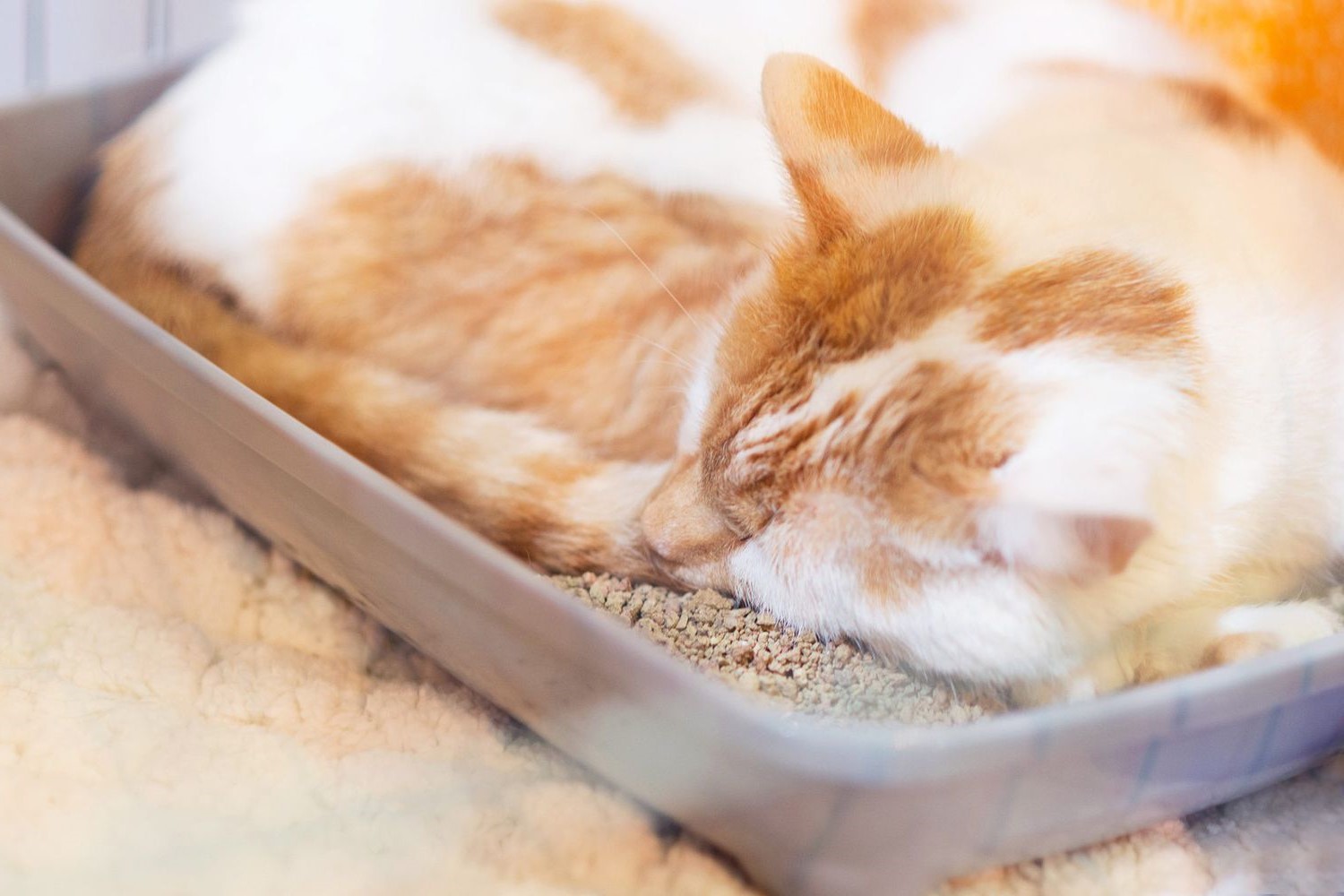
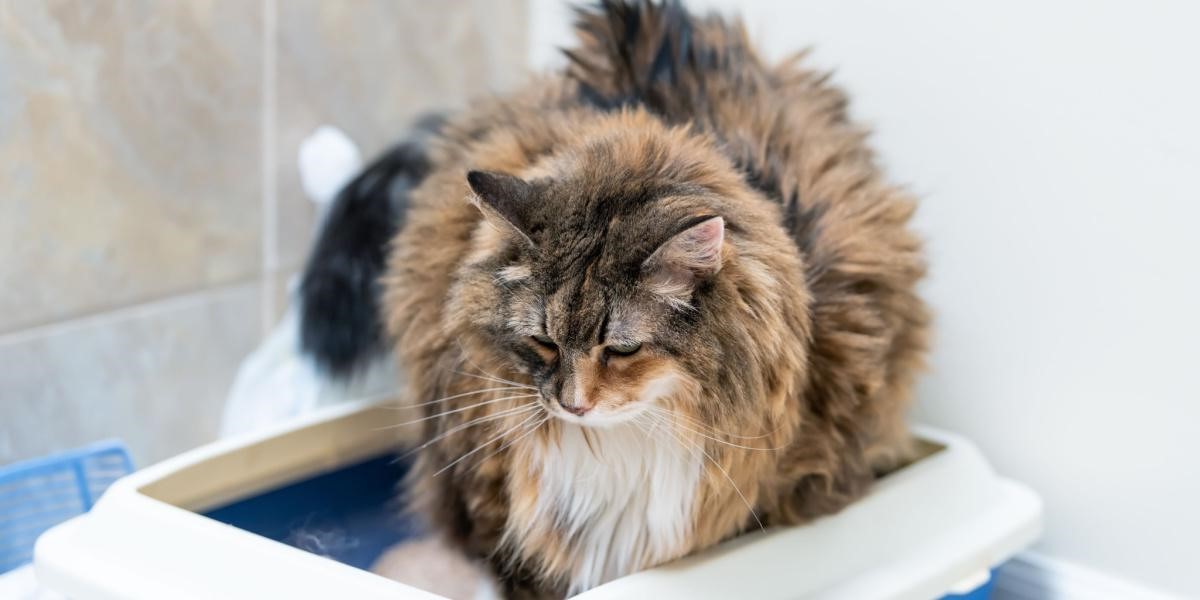
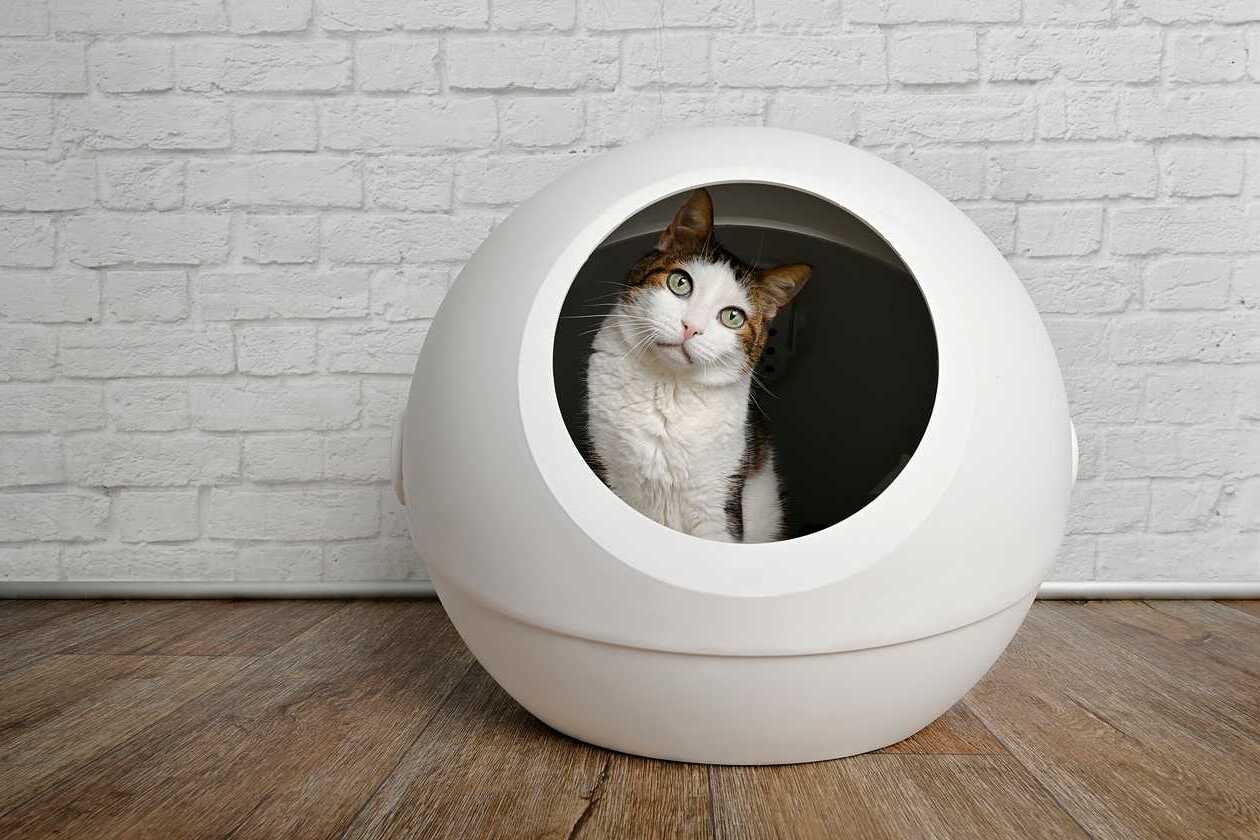
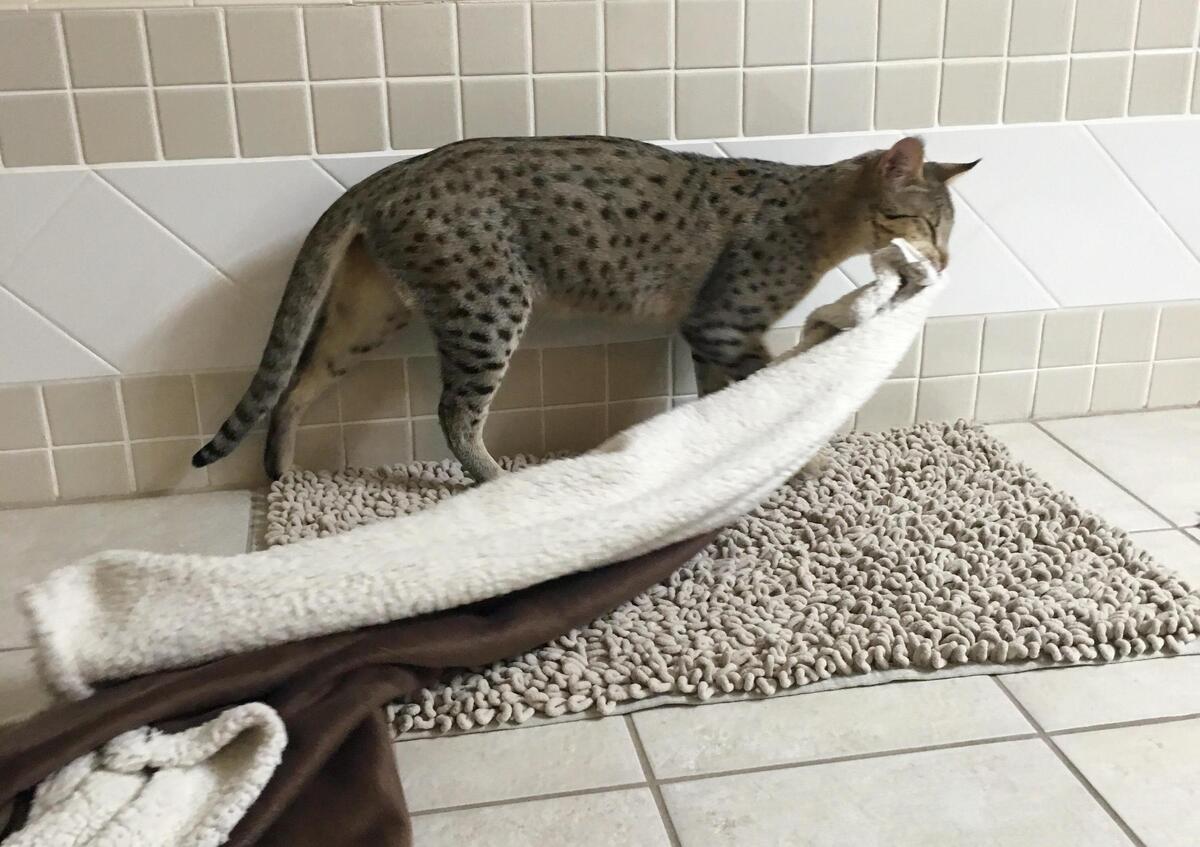
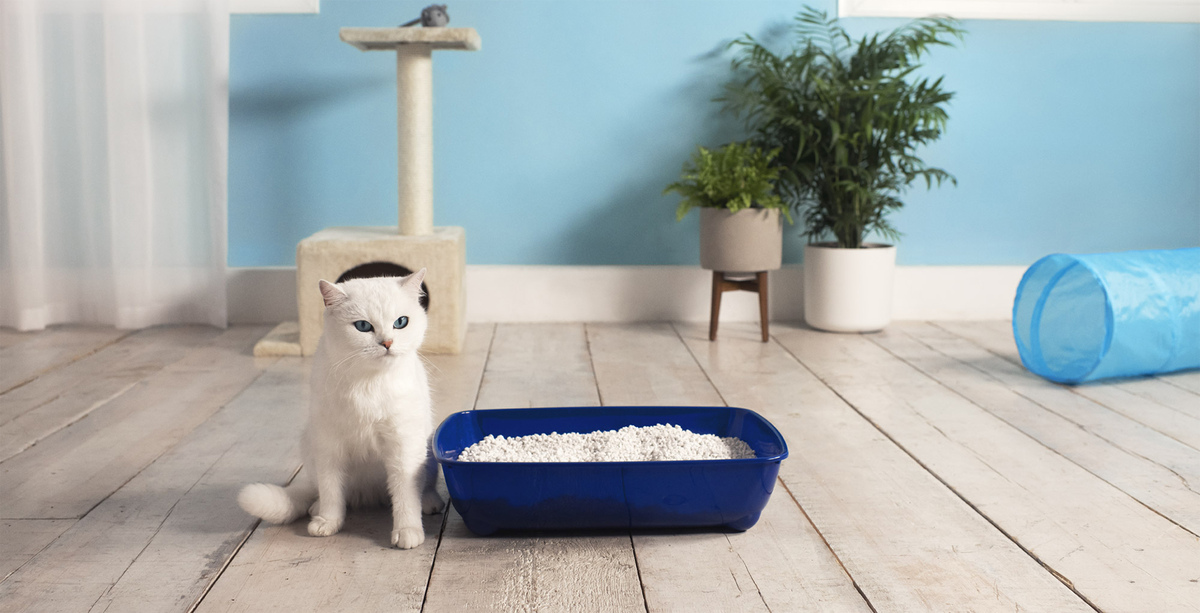
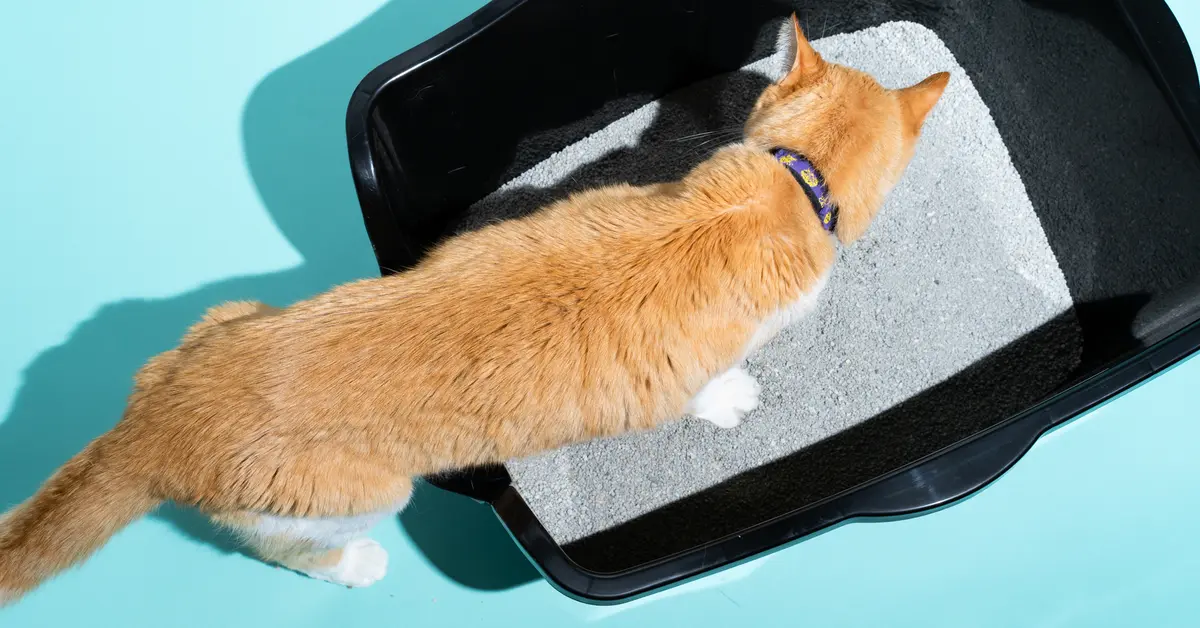
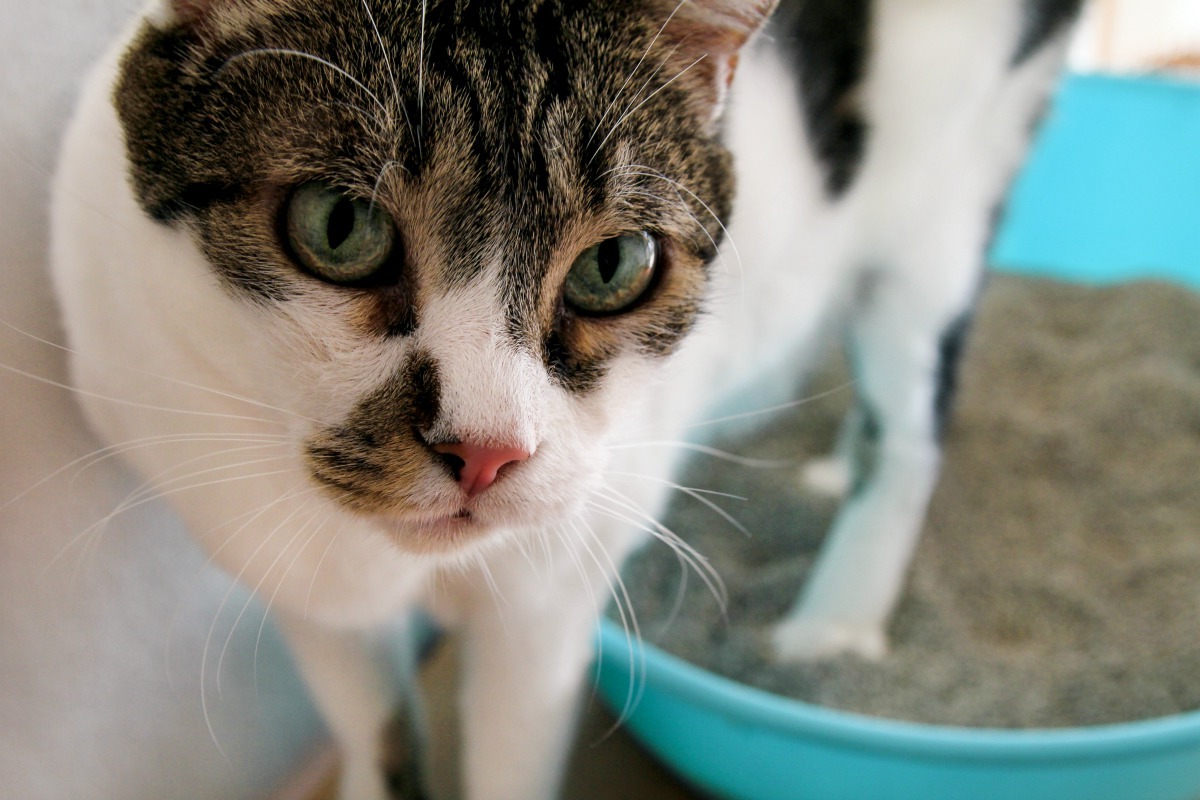

0 thoughts on “Why Is My Cat Going To The Litter Box So Much”